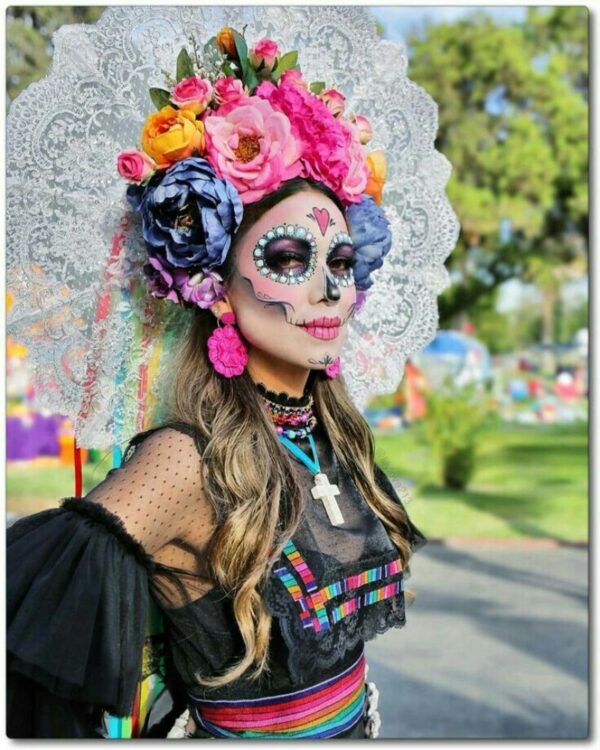
Origen de la Catrina 5 secretos que no sabías de esta bella dama
La Calavera Garbancera. The image of La Catrina was created in 1910 by José Guadalupe Posada, an illustrator, lithographer, and caricaturist from Aguascalientes. However, its original name was "La Calavera Garbancera," and it was not created for Day of the Dead, but as a satire for society.

La Catrina Mexico's grande dame of death
La Catrina is a traditional Mexican figure especially used on the Day of the Dead. This image emerged in 1912 thanks to José Guadalupe Posada,. Flower Headbands- This lovely Día de Muertos headband is inspired by the colors and flowers of Mexico. Each headband is unique and features silk flowers placed around a comfortable and padded.
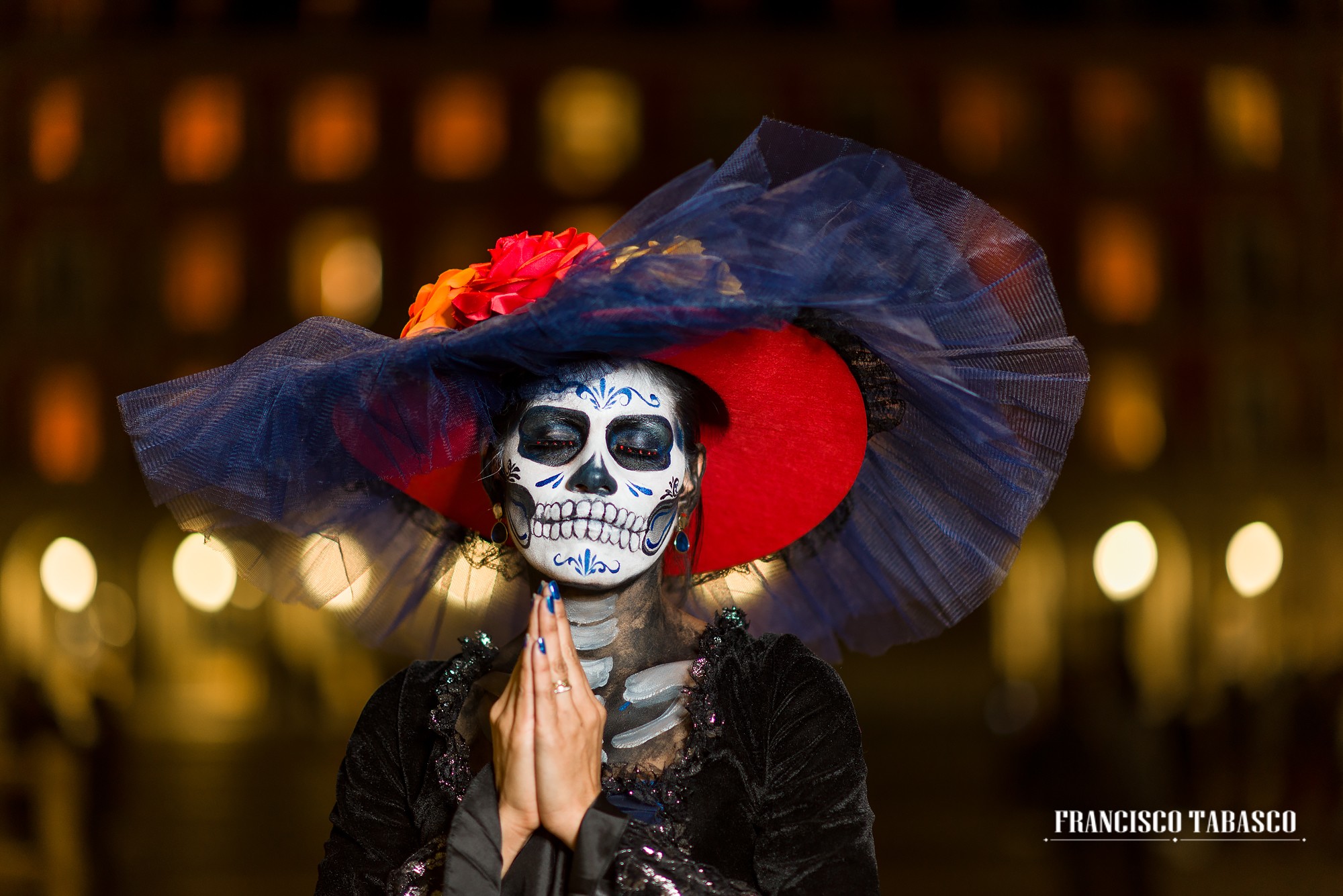
Catrina, fiesta del dia de los muertos en México Francisco Tabasco /Fotógrafo de Bodas y Familias
The story of La Catrina involves three of Mexico's most famous artists across two generations and the power of art as a reflection of society. JOSE GUADALUPE POSADA, La Calavera Catrina, c. 1910, lithograph. La Catrina has become the "face" of the Dia de los Muertos holiday - but she was not the first! Mictēcacihuātl - the queen of.

Mega Procesión De Catrinas 2019 todo lo que debes saber Gluc.mx
Maybe it's a mixture of the colors, the satire, the meaning, and the evolving attitude towards death what have fixed this character as an icon, but regardless of the cause, it seems La Catrina is.
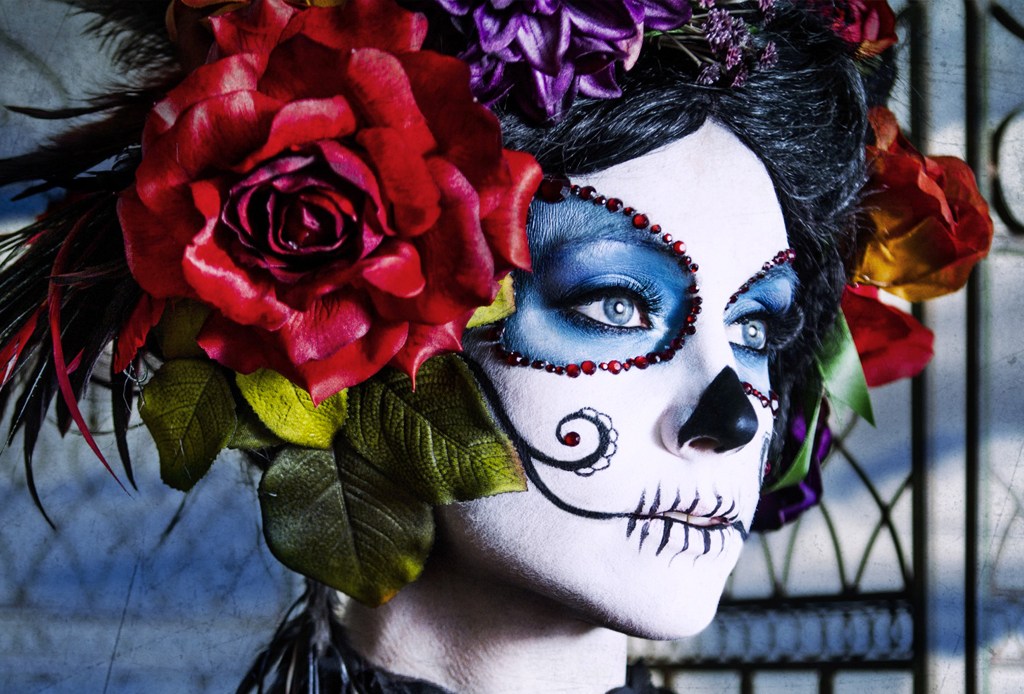
La Catrina Mexicana Significado Origen E Historia kulturaupice
Today, La Catrina is Posada's most recognizable creation. She's the icon of Day of the Dead, Mexico's annual fiesta in honor of the deceased that takes place annually on Nov. 1 and 2.Her visage is endlessly reproduced during the holiday. Her idolization has made her Mexico's unofficial national totem, perhaps second only to the Virgin of Guadalupe.
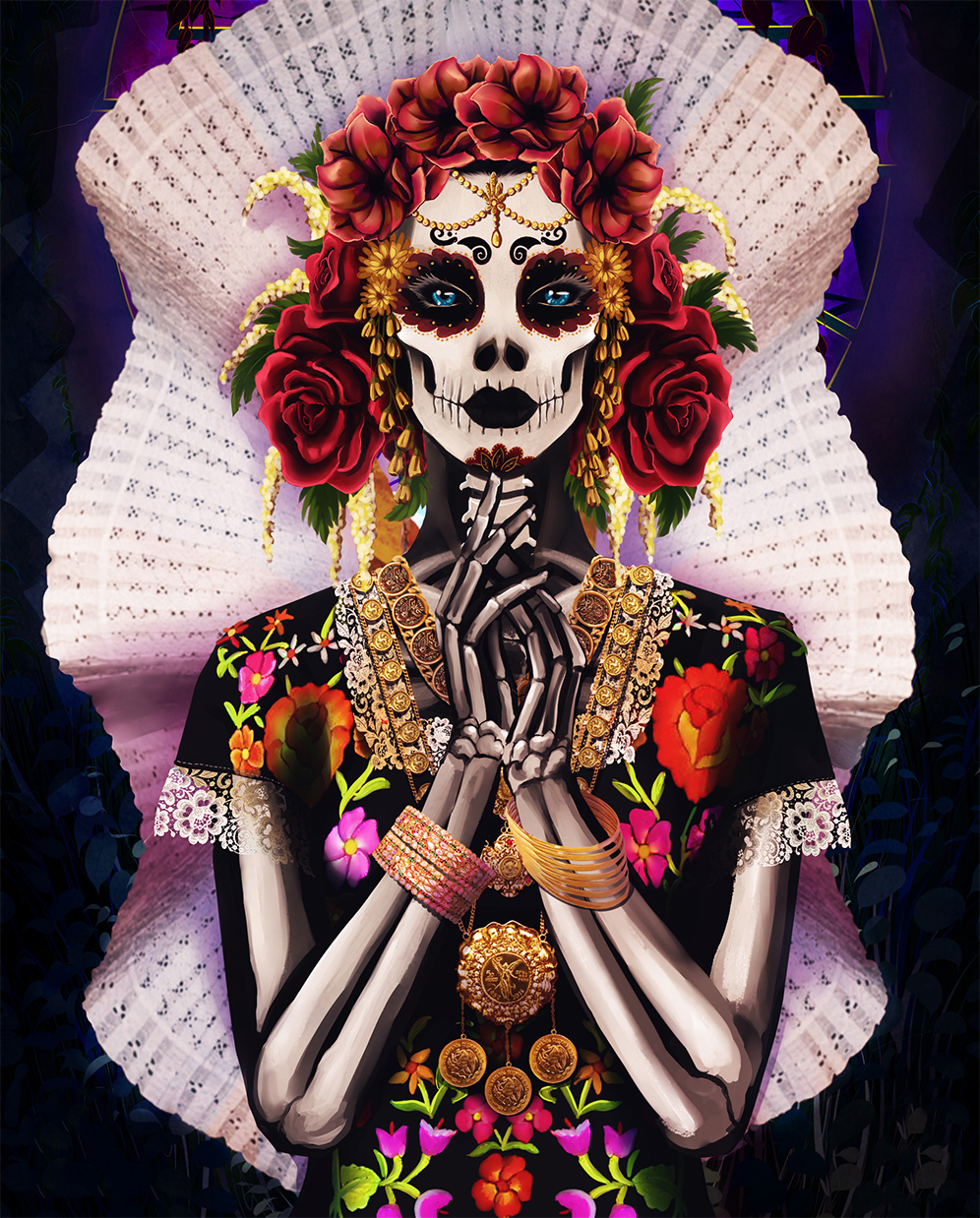
Banco de Imágenes Gratis La Catrina más hermosa del Día de Muertos 2019 Arte y Tradición
174. Accordig to El Universal, the "Día de Muertos" in Mexico has become one of the most iconic festivities of this country and has even managed to cross borders and oceans - most.

Día de Muertos Significado y origen de La Catrina La Verdad Noticias
But La Catrina is the beloved grand dame of Mexico's dance with death 365 days a year, appearing in at least two movies, graduating from drawings to sculpture, and taking on such roles as mermaids.

Mega Procesión De Las Catrinas 2018 en la Ciudad de México Like A Tourist
Back in Mexico she'd been virtually unknown, but the U.S. exhibition made La Catrina an international sensation. Today, La Catrina is Posada's most recognizable creation. She's the icon of Day of the Dead, Mexico's annual fiesta in honor of the deceased that takes place annually on Nov. 1 and 2. Her visage is endlessly reproduced during.
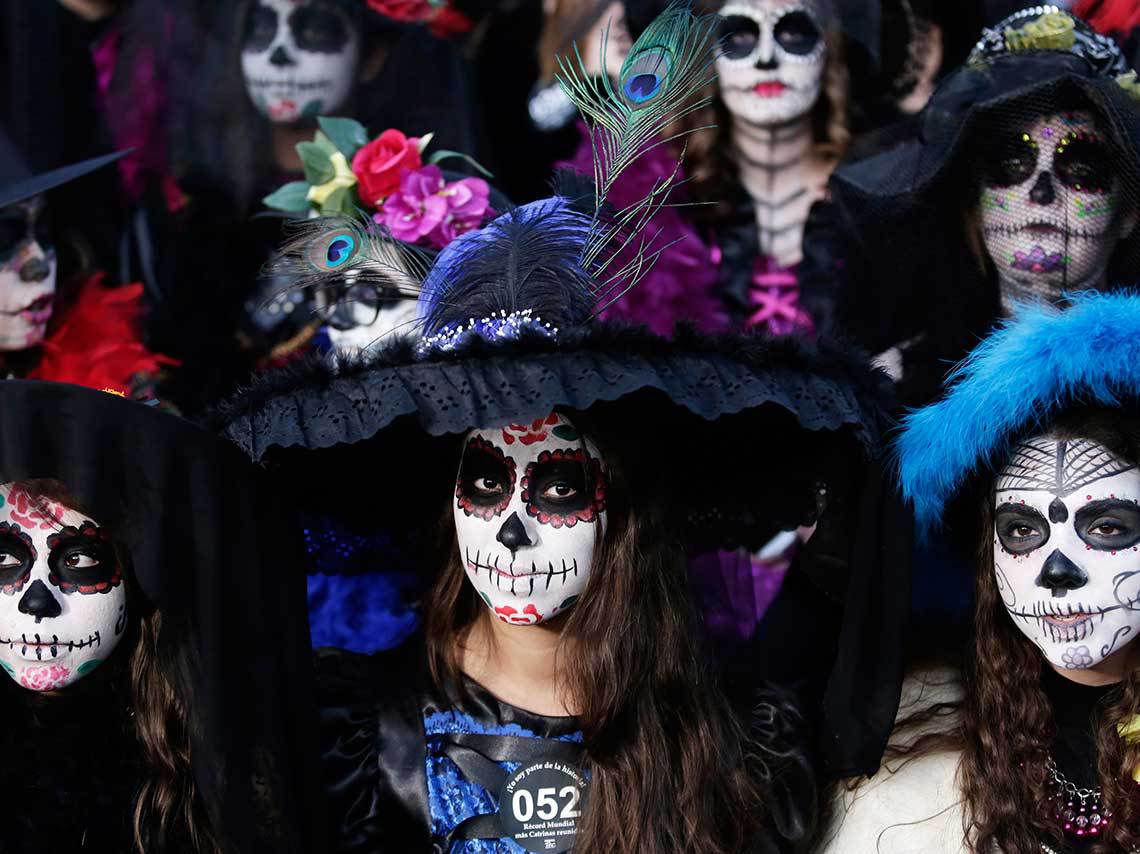
“La Catrina” Mexican representation of Death The Yucatan Times
Related: Your Ultimate Travel Guide to Mérida, Mexico: Yucatán's Vibrant Capital. Photo: Alberto Lama for Under the Palm . 9) Now, La Catrina is the most recognizable image of Dia de Muertos. She has come to symbolize Mexico's willingness to laugh at death, as a reminder that we all leave this world as equals.

El atuendo mexicano más popular en Día de Muertos… La Catrina Tiempo Digital MX
Mexican marigolds (cempasúchil), private altars and La Calavera Catrina (the Dapper Skull) have become essential symbols of the Day of the Dead, a holiday traditionally celebrated on November 1 and 2 in Mexico.Each year, the elegantly dressed La Catrina skeleton takes the spotlight in parades and costume parties. But the original purpose of La Catrina envisioned by its creator, Mexican.

LA CATRINA Mexico’s Grande Dame of Death The Lama List
La Catrina has its roots in Mexican iconography and was popularized by the famous Mexican painter, illustrator, and caricaturist from Aguascalientes, José Guadalupe Posada, in the early 20th century, during the post-revolutionary period in Mexico.

La Catrina. La historia detrás del popular personaje mexicano de Día de Muertos La Jiribilla
A girl dressed as a 'catrina' takes part in the Catrinas Parade in Mexico City to celebrate Day of the Dead.. Known as La Catrina, she was a garish skeleton with a wide, toothy grin and an.

Mega Procesión De Catrinas 2019 todo lo que debes saber Gluc.mx
La Catrina is a ubiquitous character associated with Day of the Dead (Spanish: Día de los Muertos), both in Mexico and around the world. Additionally, it has become an icon of Mexican identity, sometimes used in opposition to the Halloween Jack-o'-lantern.

Desfile de Catrinas en la Ciudad de México Todo lo que debes saber El Heraldo de México
This cultural treasure — located at the Diego Rivera Mural Museum in Mexico City — covers 400 years of Mexican history and La Catrina. In Rivera's mural, La Catrina is front and center.
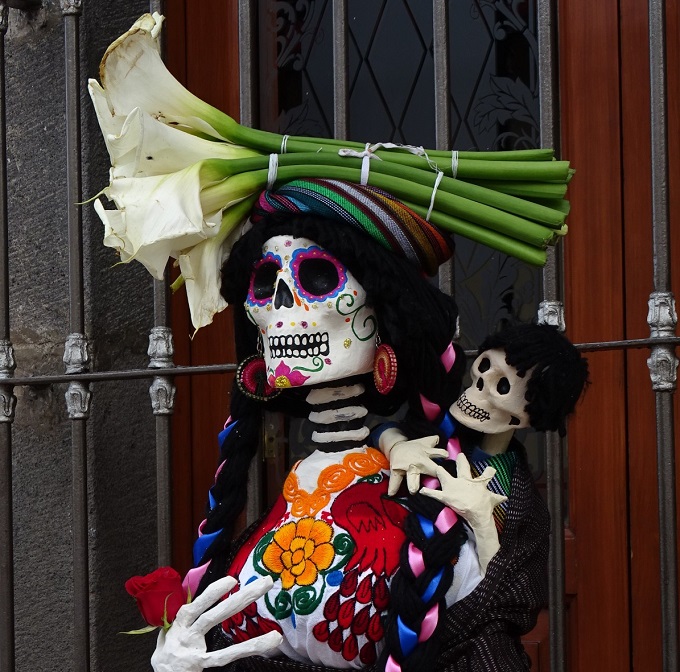
“La Catrina” The Mexican representation of Death The Yucatan Times
The ingredients of the modern image of La Catrina were drawn together as recently as 1910 by the Mexican illustrator Jose Guadalupe Posada. Posada, who was born in Mexico in 1852, would create cartoonish lithographs and engravings to satirically illustrate political and societal issues; his work was frequently published in the Mexican press.

Qual a importância de La Catrina para a cultura mexicana?
Capula, Mexico, is the world capital of the iconic clay Catrina. The Catrina's history starts in a lithograph, grows in popularity through a Diego Rivera mural, and continues to live on in Capula, in the state of Michoacán in México. The De La Cruz family is one of the pioneer families in México that carry forward this magical tradition of making the Catrinas by hand.